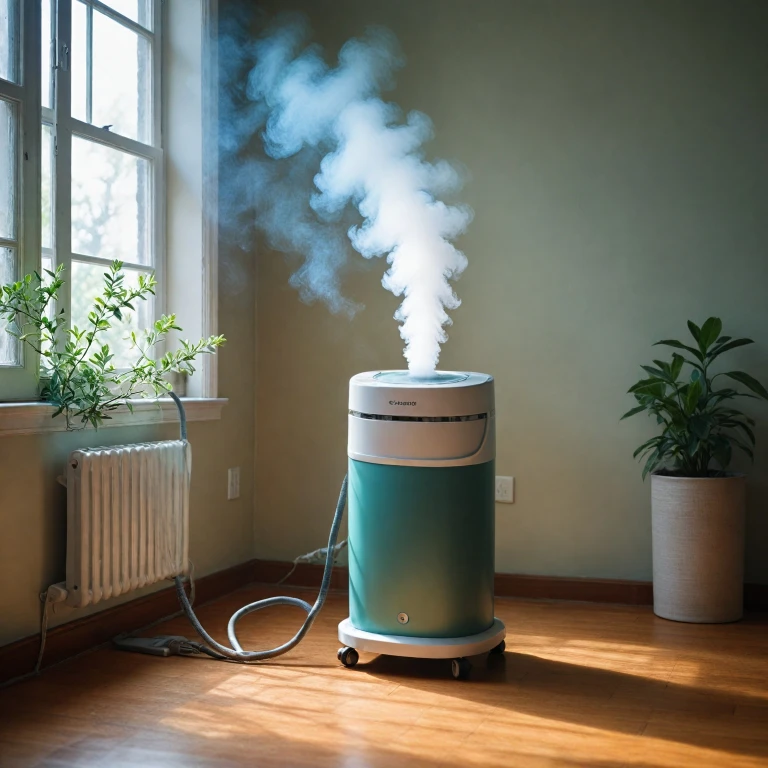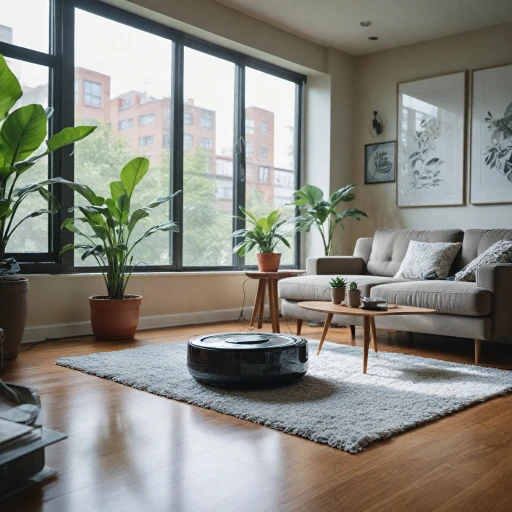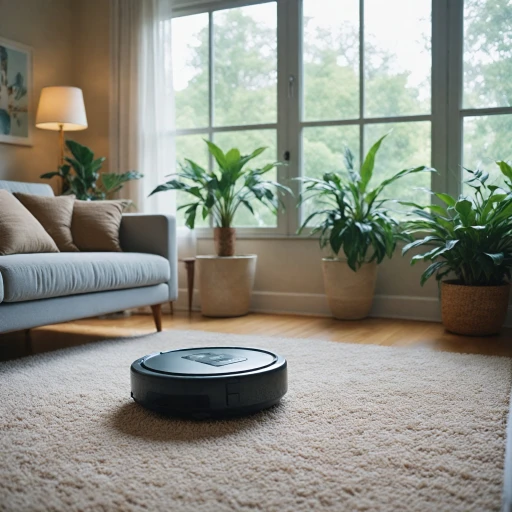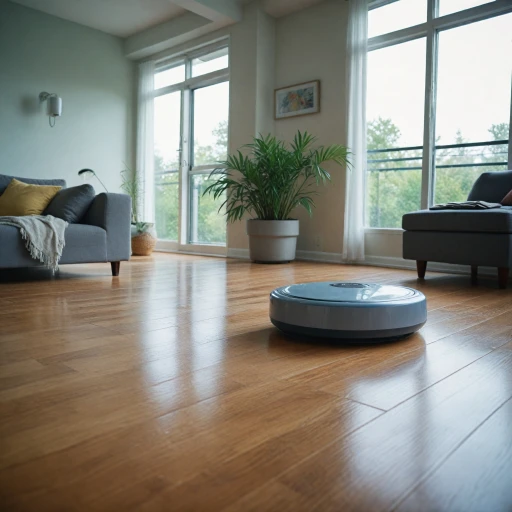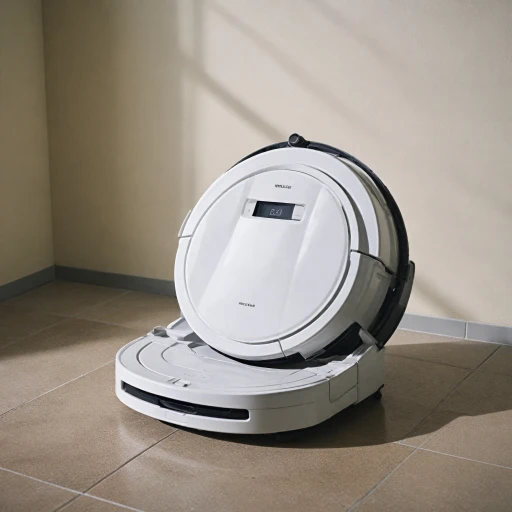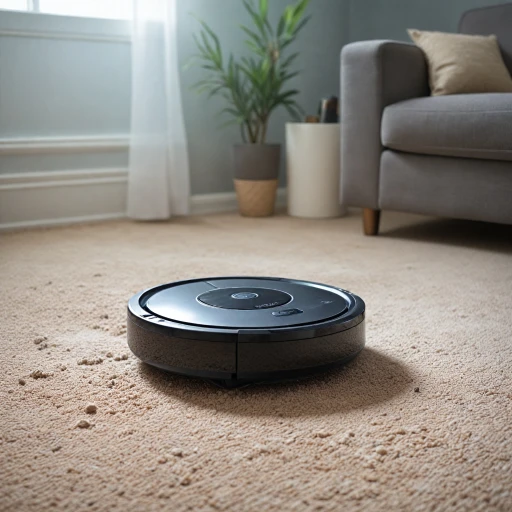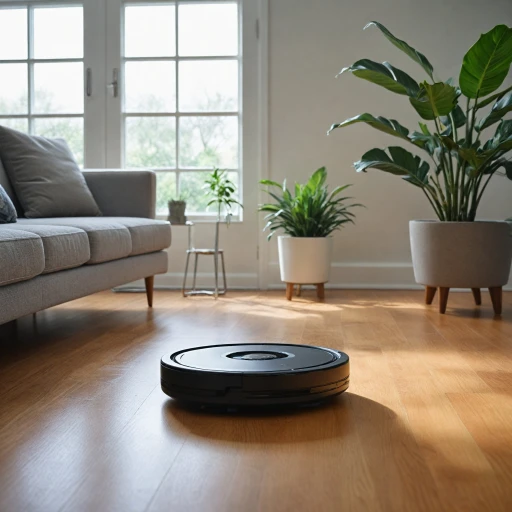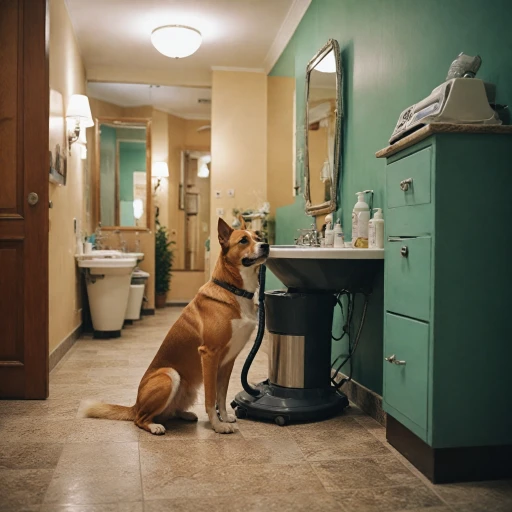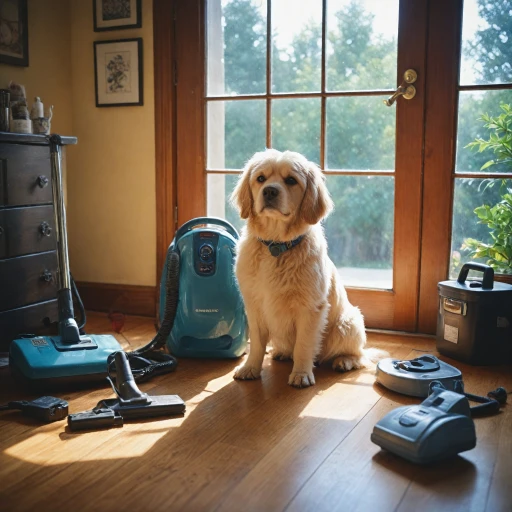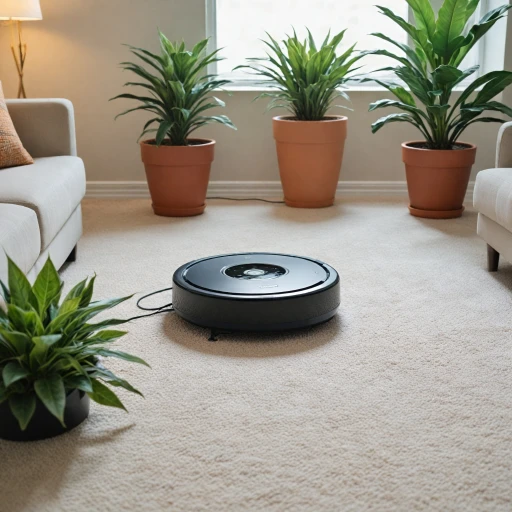
The Importance of High-Efficiency Particulate Air Filters
The Vital Role of High-Efficiency Particulate Air Filters in Indoor Air Quality
In recent years, the demand for cleaner indoor environments has surged, with many turning to vacuum cleaners equipped with High-Efficiency Particulate Air (HEPA) filters to tackle dust and allergens. These filters are designed to trap the minutest particles, often as tiny as 0.3 microns, vastly improving the air quality within our homes.
HEPA filters stand out due to their exceptional ability to capture and contain harmful particles that standard vacuum cleaners might miss. The essence of these filters lies in their capability to dramatically reduce allergens such as pet hair, pet dander, and pollen, which are common culprits of poor indoor air quality. This is particularly important for households with pets or individuals with allergies.
When considering a vacuum, understanding the advantages of HEPA filtration is paramount. Not only do these filters enhance the cleanliness of your living space, but they also contribute to a healthier breathing environment. As technology advances, HEPA filters have become staples in various vacuum cleaner types, including canister vacuums and air purifiers, further cementing their place in comprehensive cleaning solutions.
The effectiveness of HEPA vacuums stems from their unique construction, which features densely packed fibers that capture airborne particles during the vacuuming process. For families dealing with specific cleaning challenges, such as pet hair, investing in a vacuum cleaner with a HEPA filter is particularly advantageous. Consider integrating such a filter in your vacuum to maintain the care routine for pets.
Ultimately, the high filtration efficiency provided by HEPA filters promises a significant reduction in indoor allergens, ensuring that every clean is a step toward improved air quality. This is the standard that modern robot vacuums are built upon, merging innovation with essential health benefits, setting the stage for a more thorough exploration of their capabilities and features.
How Robot Vacuums Utilize HEPA Filters
Optimizing Cleaning Efficiency with HEPA Integration
Robot vacuums have been revolutionizing home cleaning practices, introducing notable advancements over traditional vacuum cleaners. A prominent feature often highlighted is their use of High-Efficiency Particulate Air (HEPA) filters. These filters excel at trapping particles and allergens due to their meticulous design and efficiency. As households increasingly demand superior cleaning, understanding how HEPA filters function within robot vacuums becomes paramount. HEPA filters are known for their ability to intercept small particles that conventional vacuum filters might miss. When incorporated into robot vacuums, these filters ensure that even microscopic contaminants, such as dust and pet dander, are captured, significantly enhancing indoor air quality. This feature makes HEPA-equipped vacuums particularly appealing to those with allergies or respiratory concerns, as they can efficiently filter out particles as fine as 0.3 microns. The mechanism by which robot vacuums utilize these filters is integral to their cleaning capability. As the vacuum passes over hardwood floors or pile carpets, it employs suction to lift debris, with the HEPA filter acting as the final barrier that prevents expelled air from reintroducing captured particles back into the environment. For pet owners, the inclusion of HEPA filtration is crucial because it traps allergens such as pet hair and dander, promoting a cleaner living space. Enhance your pet care routine with a dog grooming vacuum kit to complement this process can provide further benefits. In summary, the integration of HEPA filters in robot vacuums not only boosts cleaning efficiency but also safeguards air quality, satisfying high standards for those prioritizing health and cleanliness in their homes. This creates a cycle of effective particulate filtration that stands out among alternative cleaning solutions, making it a sought-after feature for modern vacuum cleaners.Comparing HEPA Filter Robot Vacuums
Evaluating the Diverse Options in HEPA Robot Vacuums
When it comes to maintaining a cleaner home, selecting the right robot vacuum equipped with high-efficiency particulate air filters can make a significant difference. HEPA filtration technology is known for its ability to capture small particles, including allergens, dust, and pet dander, helping to improve indoor air quality.
Several factors should be taken into account when comparing HEPA filter robot vacuums:
- Filtration Efficiency: The primary purpose of a HEPA filter is to trap even the smallest particles, such as those down to 0.3 microns. This is particularly beneficial for individuals with allergies or asthma, as HEPA filters can efficiently capture airborne allergens.
- Suction Power: Different models offer varying levels of suction power, affecting how well they clean different surfaces, including pile carpets and hard floors. Higher suction capabilities can lead to a more thorough cleaning experience.
- Brand Reliability: Renowned brands like Miele offer models with robust HEPA filtration systems, known for their durability and effectiveness in cleaning. Exploring miniature robot vacuums and their capabilities further may provide additional insights.
- Capacity and Design: HEPA vacuums come in various designs, such as cordless or canister models. The capacity of the dustbin and ease of maintenance are also important aspects to consider for regular home cleaning routines.
- Noise Level: The best robot vacuums are not only powerful but also operate quietly. This is a crucial consideration for households where noise could be a disturbance, especially in homes with pets.
Each of these considerations plays into the broader evaluation of how effectively robot vacuums can incorporate HEPA filtration to provide a cleaner, healthier living environment. A robust understanding of these factors can help in selecting the right vacuum cleaner that suits one's home and lifestyle needs.
Benefits of Using HEPA Filter Robot Vacuums
Advantages of Embracing HEPA Technology in Robotic Vacuums
For many homeowners, safeguarding indoor air quality is paramount, and HEPA-equipped robot vacuums are instrumental in this endeavor. With their true HEPA filters, these devices excel in capturing particles as small as 0.3 microns with remarkable efficiency, ensuring a cleaner and healthier home environment.
- Improved Air Quality: By filtering out fine particles, dust, and allergens, HEPA vacuums enhance air quality, making your home a safer haven for those with allergies or asthma. Their high filtration stands apart, addressing concerns about pet dander and other airborne irritants.
- Efficiency and Convenience: The autonomous operation of a robot vacuum, combined with its high-efficiency filtration system, delivers seamless cleaning. This combination results in effective dirt and pet hair removal from all floor types, including pile carpets, while the appliance independently navigates its surroundings.
- Cost-Effective Maintenance: Although initial investment in a HEPA-filter-equipped robot vacuum can be higher, its long-lasting filters and reduced need for manual intervention equate to significant savings over time.
With brands like Miele offering models equipped with advanced HEPA filtration, users can expect both premium quality and performance. As these vacuums effectively clean their environment, they also serve as a companion air purifier, maintaining an airspace free from harmful pollutants.
Harnessing HEPA technology in your cleaning routine not only ensures a tidy home but also contributes to overall well-being by promoting better air quality and minimized exposure to allergens.
Challenges and Considerations
Challenges in Transitioning to HEPA Filter Robot Vacuums
High-Efficiency Particulate Air (HEPA) filtration in robot vacuums offers numerous benefits, as explored in earlier sections, but there are certain challenges and considerations consumers need to keep in mind.- Cost: Investing in a robot vacuum with HEPA filters can be more expensive compared to traditional vacuums. The technology involved in ensuring effective air filtration and maintaining a high-efficiency cleaning performance often comes with a higher price tag.
- Maintenance: To maintain the efficiency of HEPA filters, regular cleaning and replacement are required. The vacuum's instruction manual usually provides guidance on how often these tasks should be performed, which might be more frequent than traditional vacuums to ensure optimal air quality.
- Performance on Various Surfaces: Robot vacuums, including those with HEPA filtration, may struggle with different floor types. While they perform well on hardwood and low pile carpet, high pile carpet can pose a challenge for some models, reducing their cleaning efficiency.
- Battery Life: The cordless nature of these vacuums can sometimes mean a limited battery life, which affects the duration of cleaning sessions. When using HEPA vacuums, it’s important to consider if the battery life is sufficient for your cleaning needs.
- Size and Capacity: Robot vacuums need to be compact to navigate efficiently, but this often results in smaller dustbins. Therefore, they require more frequent emptying, especially in homes with pets that shed hair and dander.
Future Trends in Robot Vacuum Technology
Innovations in Filtration Technology
The future of robot vacuums is set to be shaped by advancements in filtration technology. As discussed earlier, HEPA filters are already a game-changer in capturing fine particles and allergens. However, the next generation of filters promises even higher efficiency, targeting particles smaller than the current standard of 0.3 microns. This will significantly enhance indoor air quality, making homes safer for those with allergies or respiratory issues.
Smart Integration and Connectivity
Robot vacuums are becoming smarter, with increased connectivity and integration into smart home systems. Future models will likely feature enhanced AI capabilities, allowing them to learn and adapt to different cleaning environments more effectively. This means better navigation around obstacles and more efficient cleaning patterns, especially on varied surfaces like pile carpets.
Eco-Friendly and Sustainable Designs
As environmental concerns grow, the demand for eco-friendly vacuum cleaners is on the rise. Future robot vacuums will likely incorporate sustainable materials and energy-efficient technologies. Cordless designs with longer battery life and reduced energy consumption will become standard, aligning with global efforts to reduce carbon footprints.
Enhanced Pet Hair and Dander Management
Pet owners will benefit from future robot vacuums that offer superior pet hair and dander management. With improved suction power and specialized brushes, these vacuums will tackle pet-related messes more effectively, ensuring a cleaner home environment. This is particularly beneficial for those dealing with pet allergens.
Advanced Air Purification Features
Incorporating air purifier functions into robot vacuums is a trend to watch. By combining vacuuming with air purification, these devices can offer a dual solution for maintaining clean floors and improving air quality. This integration will be particularly appealing for users looking to maximize their home’s cleanliness and health standards.
